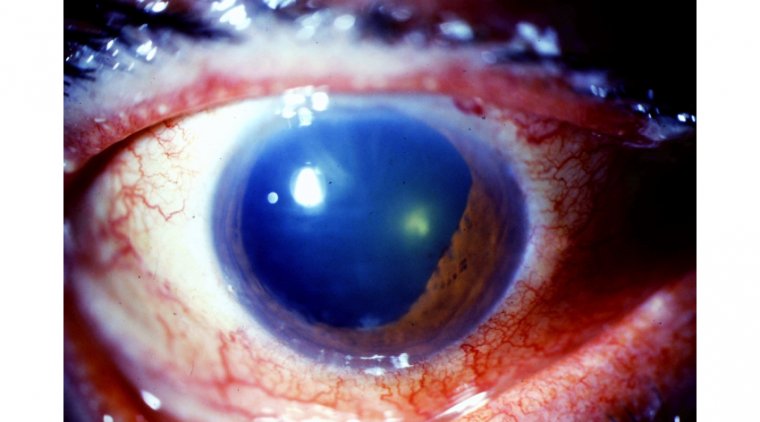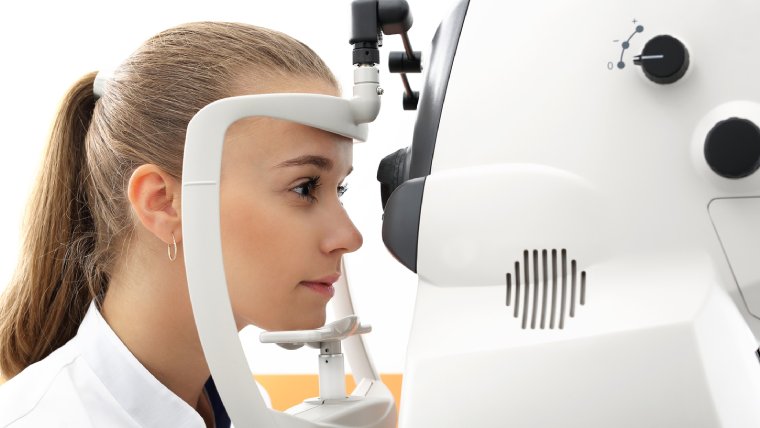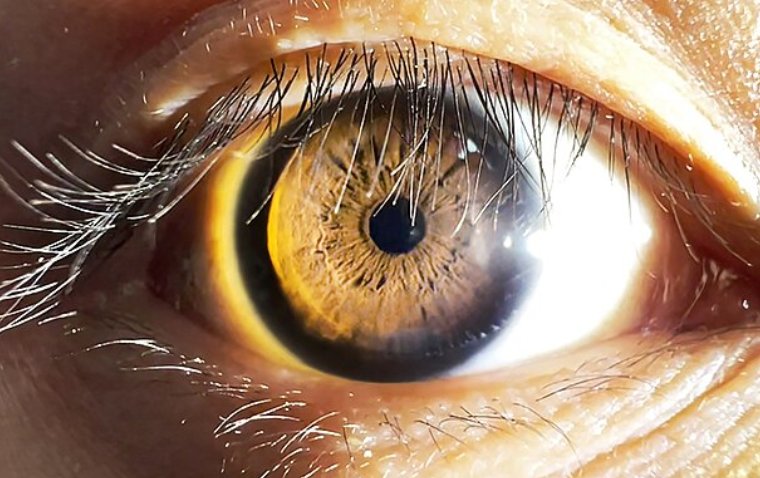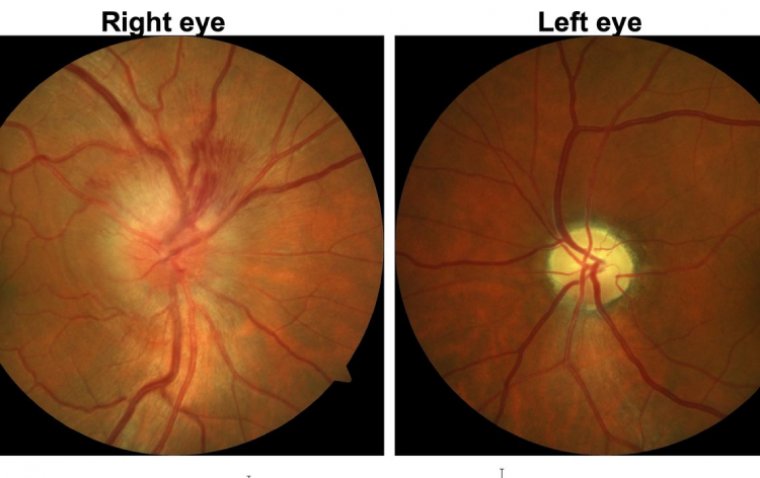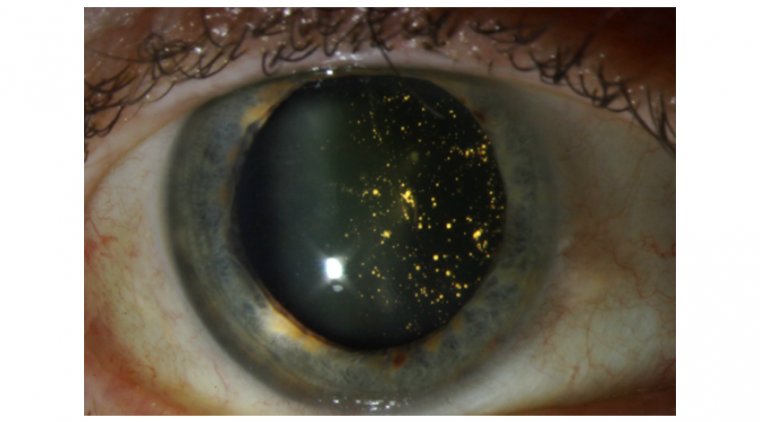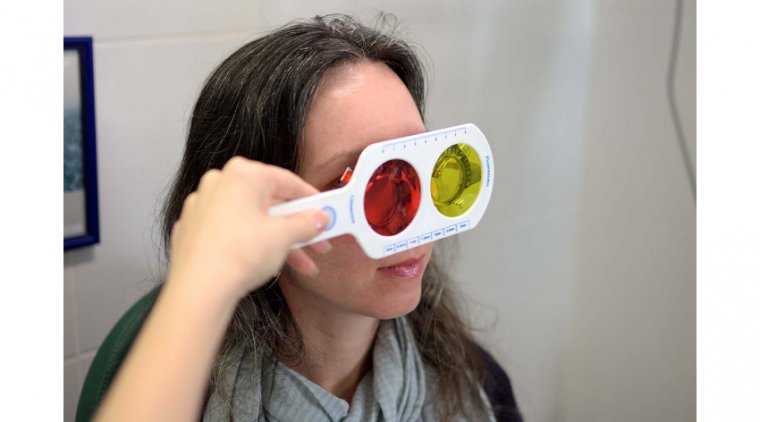
What Is Color Blindness?
Color blindness is a deficiency in seeing color or differentiating colors. Color blindness is an inherited vision problem mainly but can arise by losing functionality in cone cells in the retina or from heavy physical or chemical damage in the eye and there is no cure to eliminate color blindness. However, people who are color blindness do not have major issues in living as they maintain adaptation automatically by living.
How do colorblind people see colors?
Color blind people can see the world in their perception but this does not mean that they only see black and white unless they are completely color blind. They only see the colors closer to each other or maybe they even have a border color catalog to define the colors like in the pantone color catalog. In this way, according to the color they can not see, the color blind type differs.
Symptoms of Color Blindness
As it is a genetic disorder, males are more color blind than females as the non-color blind females carry the gene and transfer it to the males. This is because the genes of colorblind are mostly on the X chromosome. The symptoms of color blindness are;
● can not define the color difference in red, yellow, orange, and green
● losing the bright and vibrant vision and seeing in the duller way
● difficulty in defining the shades
● sensitivity to the light
Causes of Color Blindness
The main cause of color blindness is the inherited effect. Moreover, chemical and physical damage to the eye, aging, eye diseases, neural system or nervous system diseases, and strong medication may cause color blindness.
What are the types of color blindness?
The reason that people who have color blindness see the colors similarly is due to the source of the color pantone. For example, orange is derived from yellow and red so color-blind people can not differentiate the orange color and red but can have an idea of the yellow color family.
Let’s have a look at the types of color blindness and have more information on the issue.
Complete color blindness
Complete color blindness is also called monochromacy in that the person can see any color but only a white and black vision. This situation is so rare that about 1 in 33.000 people may have complete color blindness.
Blue-Yellow Color Blindness
Blue-yellow color blindness is a less common color blindness type that people can not distinguish between blue and green, and yellow and red. This type of color blindness is also tritanomaly. If those who can not differentiate between the color purple and red; pink and yellow; blue and green, then these are the color blindness type of tritanopia.
Red-Green Color Blindness
The most common type of color blindness is red-green color blindness. Generally, the common confusion in colors includes red, brown, yellow, green, and also blue, and purple. As said, males may experience red-green color blindness more than females. This type has 4 subtypes of color blindness.
● Protanopia- if a person can not see the red at all. Can be called a red-blind person.
● Deuteranopia- if a person can not see the green at all. Can be called a green-blind person.
● Protanomaly- if a person can not see the red bright, red is weaker in vision but green and blue are normal.
● Deuteranomaly- if a person can not see the green bright, green is weaker in vision but red and blue are normal.
How To Test For Color Blindness
If you are curious about how to test for color blindness, continue reading the following titles and learn more about color blindness tests.
Who should have a color blindness test?
If your family members have inherited color blindness, you should also have a color blindness test. Especially in childhood, it can be understood easily in painting class or eye vision problems.
What are the types of color blindness tests?
There are 7 types of color blindness tests. four of them test red-green color blindness, two of them test blue-yellow color blindness, and one of them checks whether the vision is complete color blindness. The most common color blindness test is the color plate test. For example; the Ishihara color test checks red-green color blindness. Anomaloscope test checks the brightness of the color, actually the lights on the visuals. And there is a hue test that checks the shading ability in colors put on blocks.
What are the treatments for color blindness?
There is no cure or treatment for inherited color blindness however as a result of medication side affected color blindness may be treated by doctor control. Some color filters and color lenses may be used to help distinguish shades and combinations. In daily life, with the help of technological development gadgets, mobile apps help to correct color detecting. Also having an adaptation to traffic lights, foods, etc makes life easier.
How do color-blind glasses work?
Another option to make life easier is to wear color-blind glasses. As color blindness is a loss of function in cone cells which leads the wavelength to overlap, so poor color discrimination occurs. Colorblind glasses help filter colors and the user can see the color combination better, especially red and green.
(1).jpg)

